Welcome to edition #37 of Food for Thought, my weekly newsletter. Every week I share five things:
One idea I’m thinking about
One thing I’m reading
One thing I’m listening to
One thing I’m watching
One quote I’m pondering
One idea I'm thinking about: Velocity over speed
It’s easy to think that the more work we take on and the faster we do it, the more successful we will become.
But in doing so, we are falsely equating speed with progress. Just because you are moving fast does not mean you are moving forward.
This is neatly captured by a basic concept from physics: the difference between speed and velocity.
Speed is a measure of the distance travelled over time. Velocity has the added vector of direction- how fast something gets somewhere.
If you run laps around a field and end up where you started, you have moved at a certain speed but with zero velocity.
In work, sports and everything in between, we should aim to maximize velocity over speed. If you are focused on your desired destination, you’ll get there eventually, regardless of how slowly you are travelling.
This doesn’t mean that you can’t get where you want to go fast. It just means that you shouldn’t be keeping busy by doing the things that don’t matter.
I believe that there are three broad strategies we can use to maximise our velocity:
Set Goals
Endure setbacks
Learn how to say no
1. Set Goals
Since the crucial difference between speed and velocity is direction, the first step is to figure out where we want to go.
This is one of the core concepts championed in the 2017 bestseller Principles by Ray Dalio, founder of the largest hedge fund in the world. In this book, Dalio outlines his 5-step process for success:
Set goals
Encounter problems
Diagnose the causes of problems
Design a plan to overcome these problems
Execute the plan
Personal evolution is just the implementation of these 5 steps over and over again.
2. Endure setbacks
“Dripping water hollows out stone, not through force but through persistence.”
— Ovid
As outlined in Dalio’s five-step process, there will inevitably be setbacks along the way to achieving your goals. This is where perseverance and grit become essential ingredients. Life will have some terrible blows, but each is an opportunity to learn and grow.
Famously, the Roman philosopher Epictetus left himself the following epitaph on his grave:
Here lies Epictetus, a slave maimed in body, the ultimate in poverty, and the favored of the gods.
Rather than lamenting over his woes, Epictetus used each of the terrible blows that befell him constructively, rising from the chains of slavery to become one of the prominent Stoic philosophers.
3. Learn how to say no
Another classic sign of our love of speed over velocity is saying yes to everything that falls in our lap.
Being asked to do something is flattering. It makes you feel powerful and respected like you can solve any problem that is thrown your way.
But every additional thing you say yes to is another thing you have to support, and you end up dying by a thousand cuts.
In this way, your success will be defined by the things you choose not to do rather than the things you choose to do.
“People think focus means saying yes to the thing you’ve got to focus on. But that’s not what it means at all. It means saying no to the hundred other good ideas that there are. You have to pick carefully. I’m actually as proud of the things we haven’t done as the things I have done. Innovation is saying ‘no’ to 1,000 things.” — Steve Jobs
One thing I’m reading: A new global gender divide
This article from the Financial Times was an interesting look at Gen Z’s political views.
Typically, the political views of generations tend to be similar, as they experience the same formative events and spend a lot of time intermingling.
Interestingly, in Gen Z (born between 1997 – 2012), this doesn’t appear to be the case.
In the US, women aged 18 to 30 are now 30 percentage points more liberal than their male contemporaries.
Researchers think this started with the MeToo movement, but has now progressed far beyond it. In the US, UK and Germany, young women now take far more liberal positions on immigration and racial justice than young men, while older age groups remain evenly matched.
This is compounded by the power of social media algorithms which tend to show you more of what you like to keep you engaged. This means that young men and women are spending more time in their echo chambers rather than hearing opposing viewpoints.
One thing I’m (re)-listening to: How to Change Your Mind
Michael Pollan is one of my favourite authors. His books normally dive into some aspect of food, agriculture or health - such as The Omnivore’s Dilemma, Cooked and The Botany of Desire.
One that departs from this theme is his 2018 book How to Change Your Mind which investigates the resurgence of research into psychedelic substances such as LSD and psilocybin.
He traces their history from their initial discovery to their stigmatization during the 1960s counterculture movement to their growing acceptance within the medical community as a way to treat anxiety, depression and addiction.
I had previously listened to the audiobook and remembered enjoying it, but had forgotten a lot of the points he had raised - so it has been a nice one to revisit.
One thing I’m watching: Knees Over Toes Guy
The weakest link in my fitness is my mobility, particularly my lower body. I have very tight hamstrings, calves and ankles, likely due to how much time I spend sitting down every day.
While this isn’t a huge hindrance while I’m still 25, I can see it leading to injuries and aches and pains when I’m in my thirties and beyond.
In my search to find some mobility routines online, I came across Knees Over Toes Guy (real name Ben Patrick) on YouTube. Ben has risen in popularity in the fitness community over the last couple of years
His name refers to the fitness dogma that your knees should never go over your toes when squatting (which he obviously disagrees with)
I’ve enjoyed watching his content for a couple of reasons. The first is that all his exercises have progressions - easier variations that allow you to build up to the full version. The second is that his routine is based on his own experience - having gone through multiple knee surgeries and building himself back up.
My favourite exercise that I’ve already found helpful in loosening me up is the ATG split squat, which involves lunging forward with your knee over your toes, without your back knee touching the ground:
One quote I’m pondering:
“It's amazing what you can accomplish if you do not care who gets the credit”
- Harry Truman


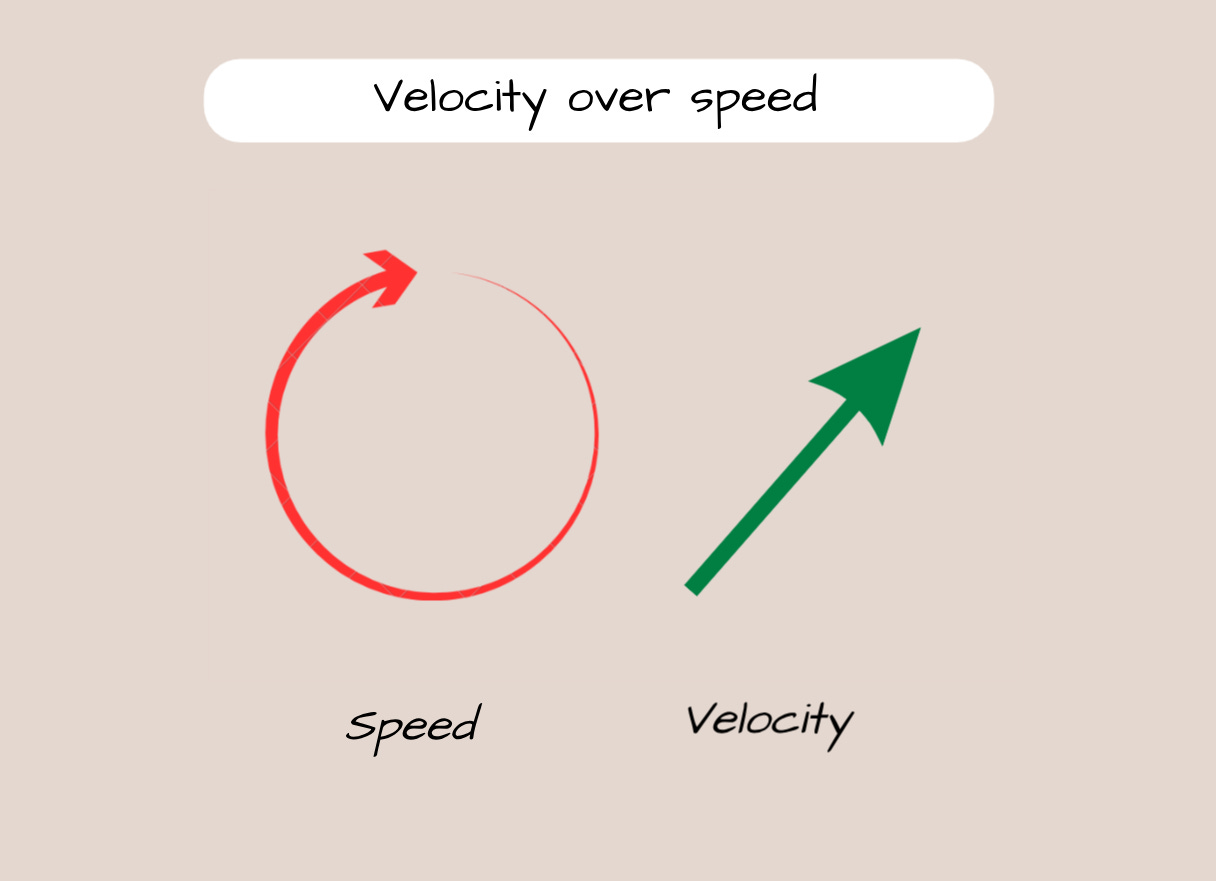
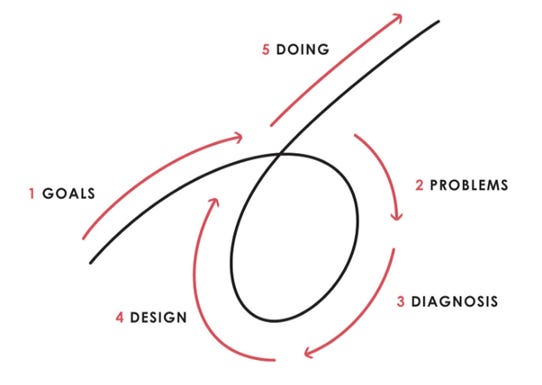
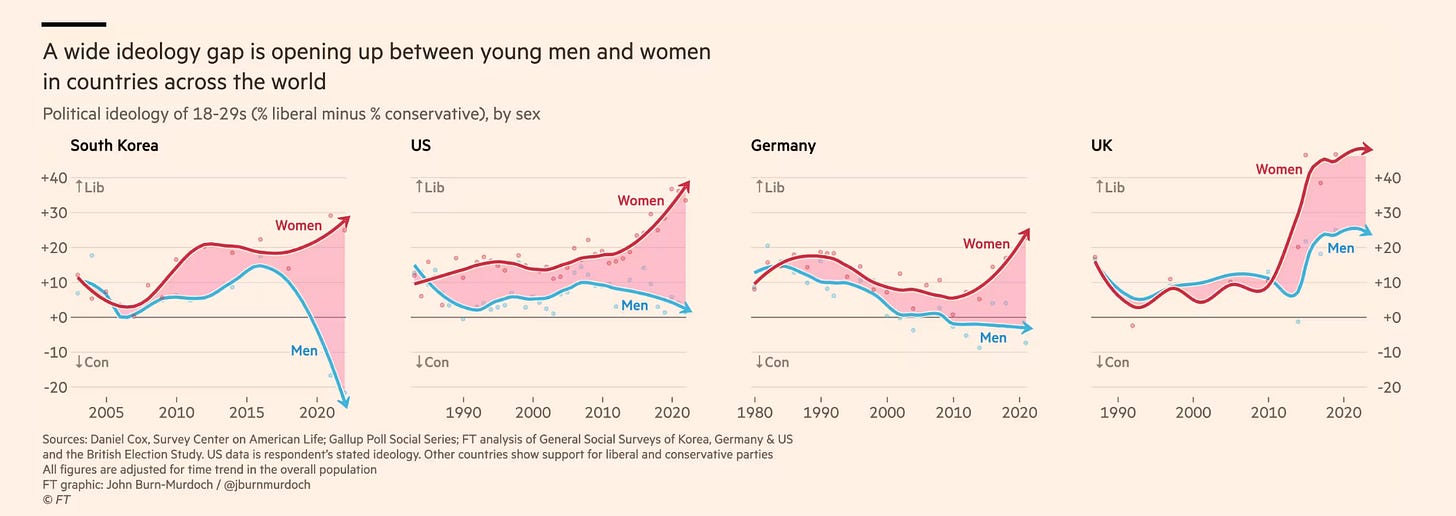
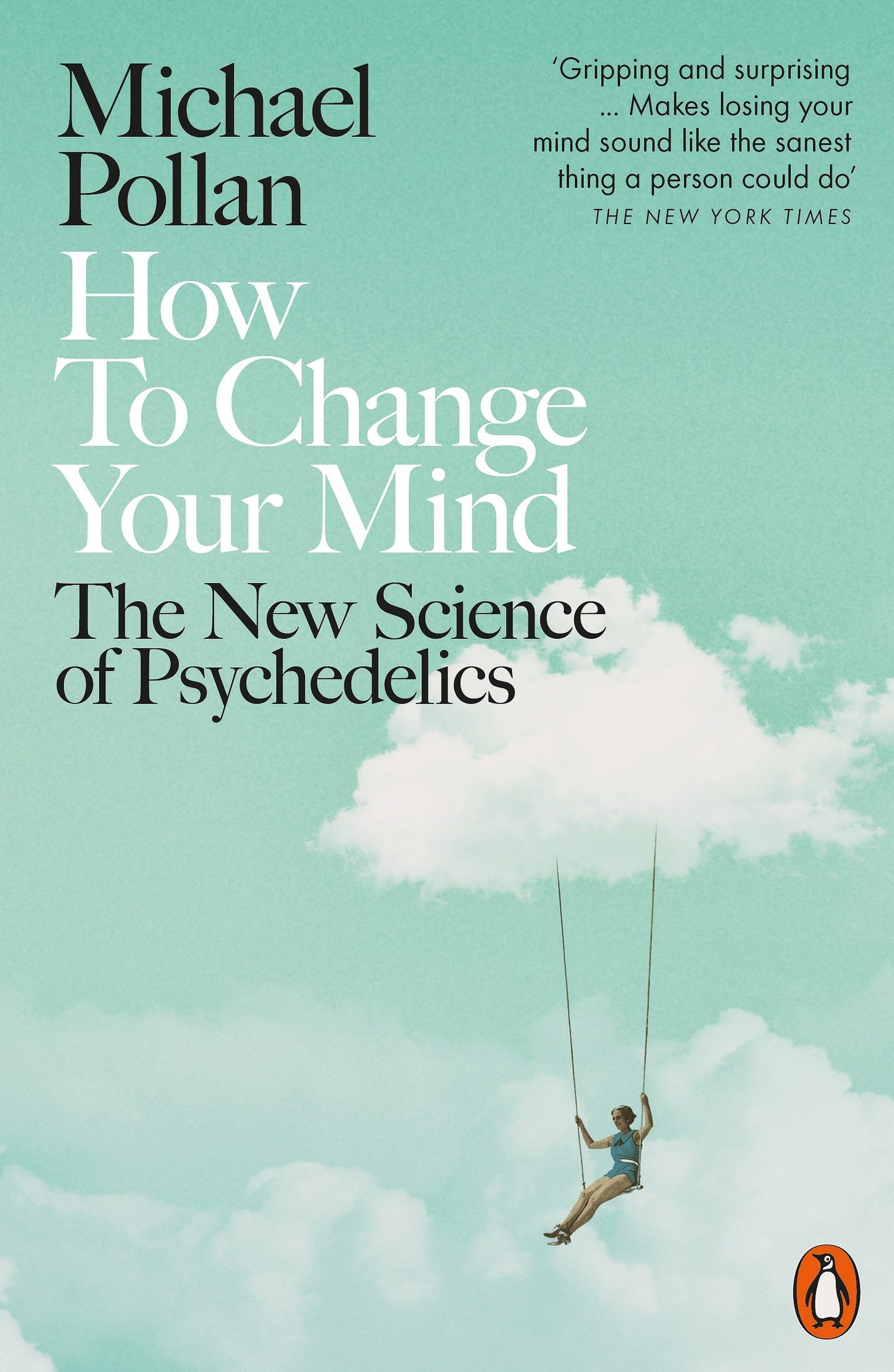
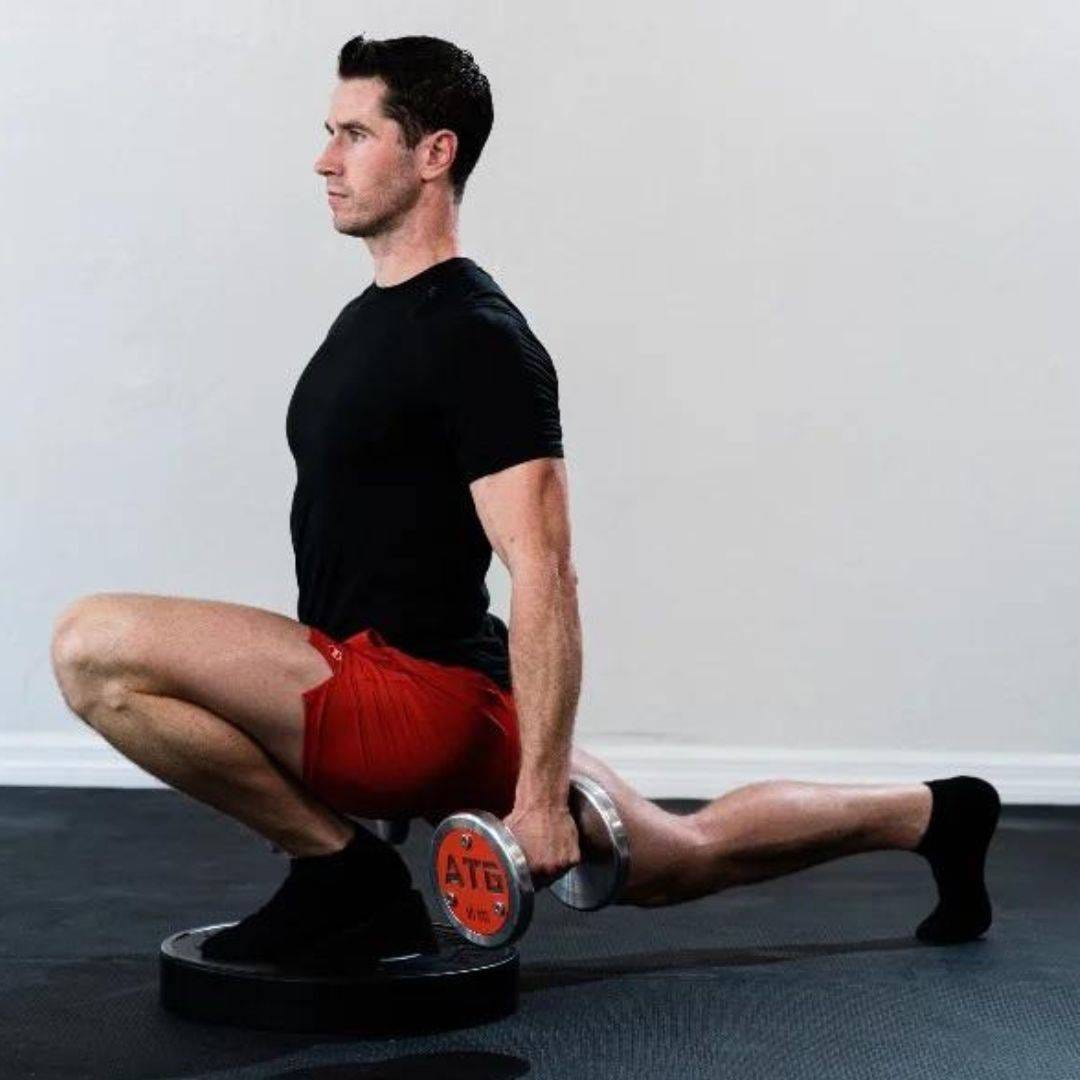
Overall good ideas have made this news letter is interesting 🤨
Loved reading this one! 💞
Quote is too good!!!